On a warm Sunday afternoon a couple of weeks ago I paid a visit to the Ten Thousand Buddhas Monastery (萬佛寺) in Shatin, Hong Kong. As you might have imagined there are a lot of Buddhas but the name is somewhat misleading since it’s actually managed by laypeople and there are no resident monks.
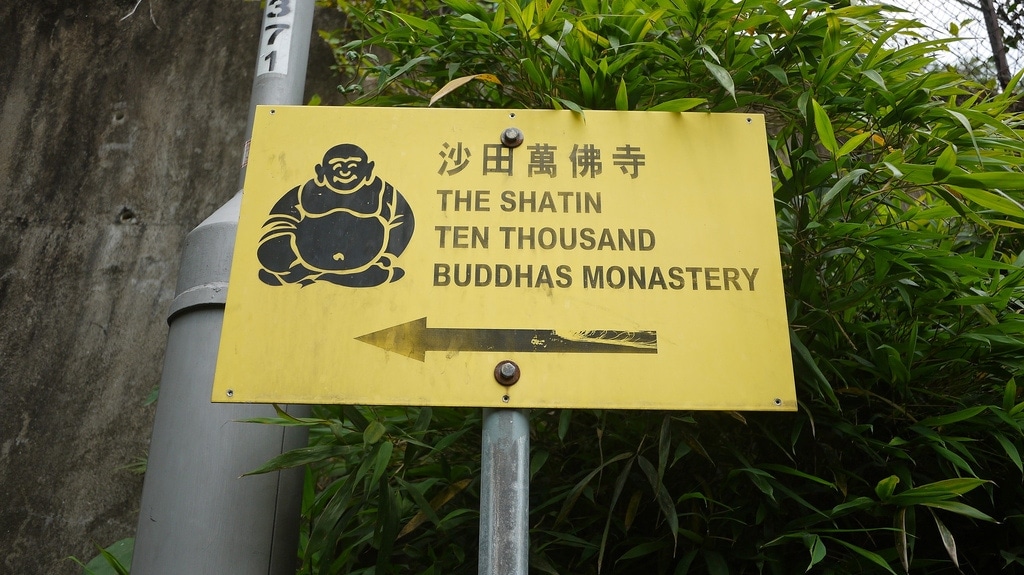
To get there simply take the MTR to Sha Tin station then follow the unmistakable signs to the monastery, about a 10-15 minute walk uphill (probably not for the infirm). The path takes you though an old district which is interesting in itself.
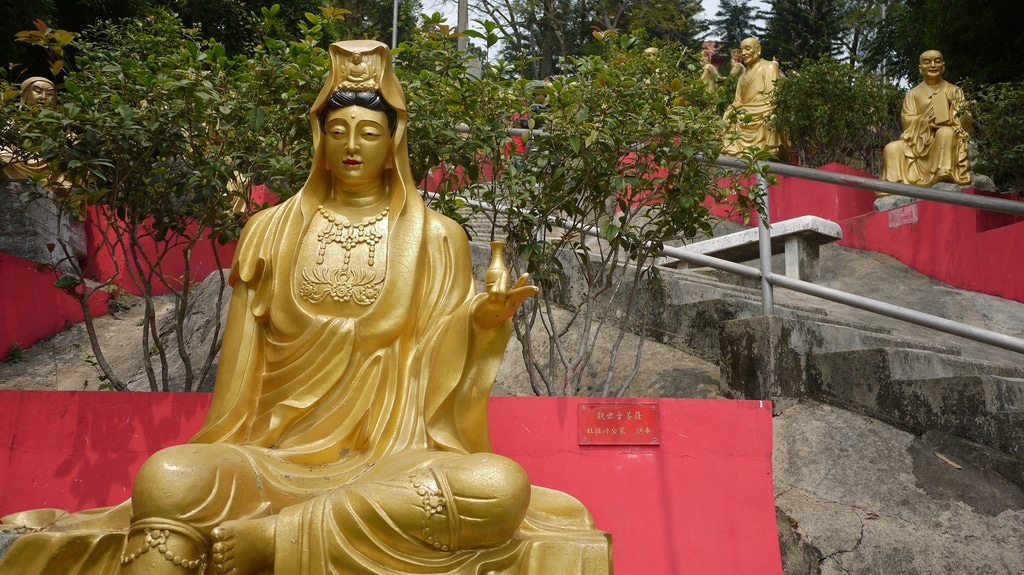
You’ll know you’re heading in the right direction once you see concrete stairs lined by endless golden Buddha statues, each one individually crafted and no two the same. Not being able to read Chinese I decided to give each a name of my own choosing – below are some of my favourites…
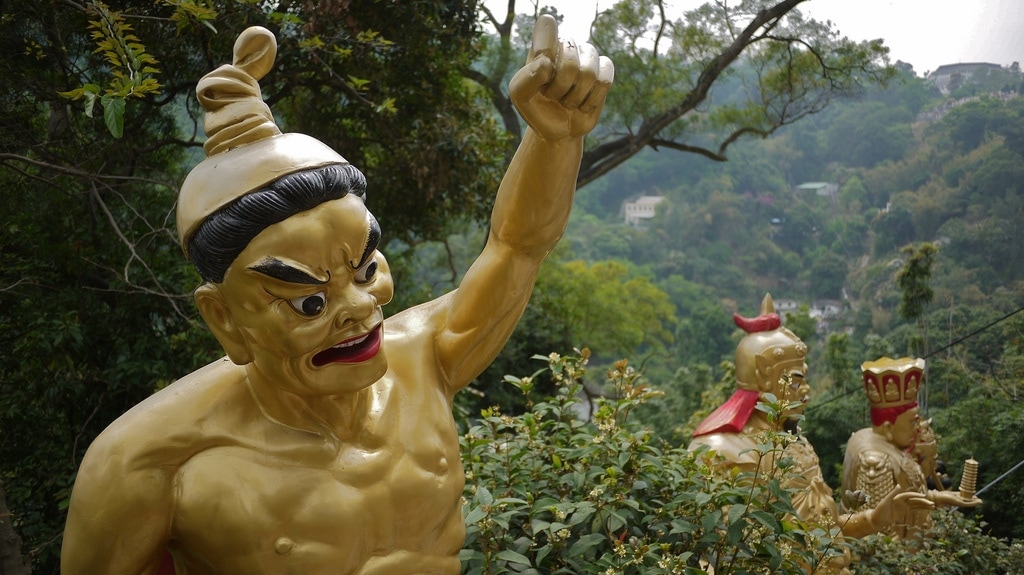
Golden Fist Buddha – Jiayou (加油)!
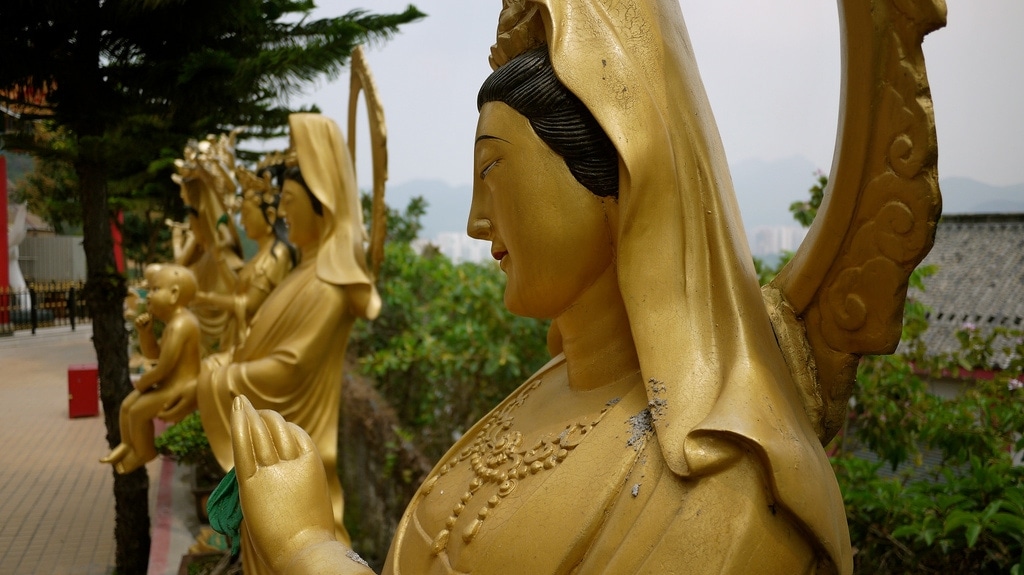
Angelic Buddha
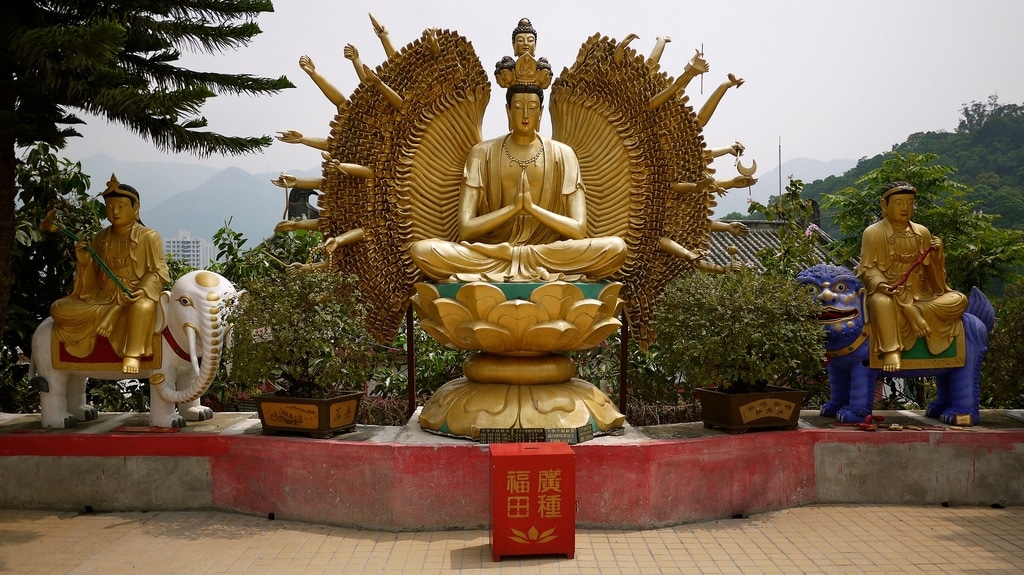
Swiss Army Buddha – reminded me of the statues I saw at Sanjūsangen-dō Temple in Kyoto.
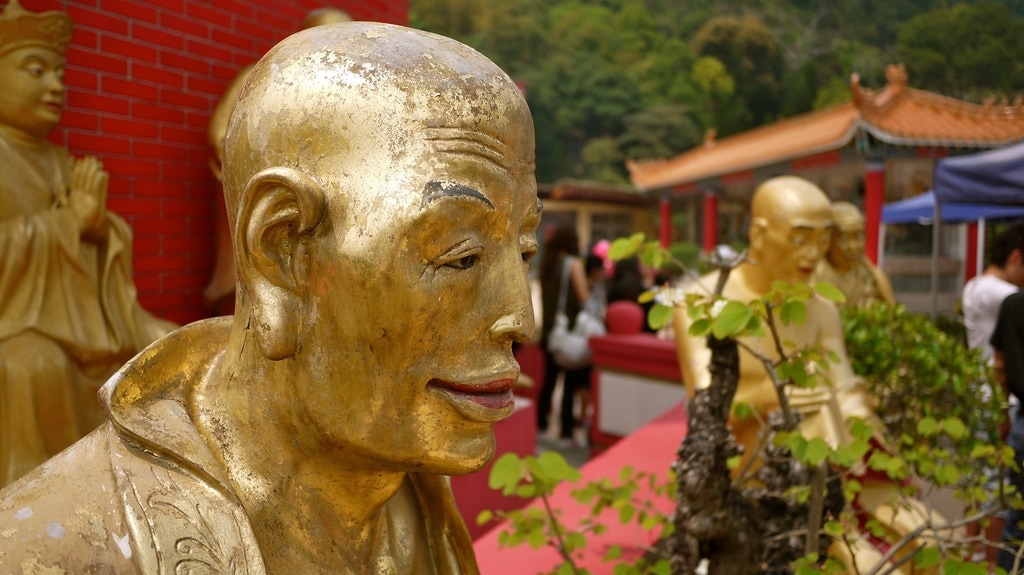
Bald Buddha – as a man of little hair myself I’m sympathetic to this one but certainly wouldn’t appreciate all the people who, by the looks of it, had been rubbing his head!
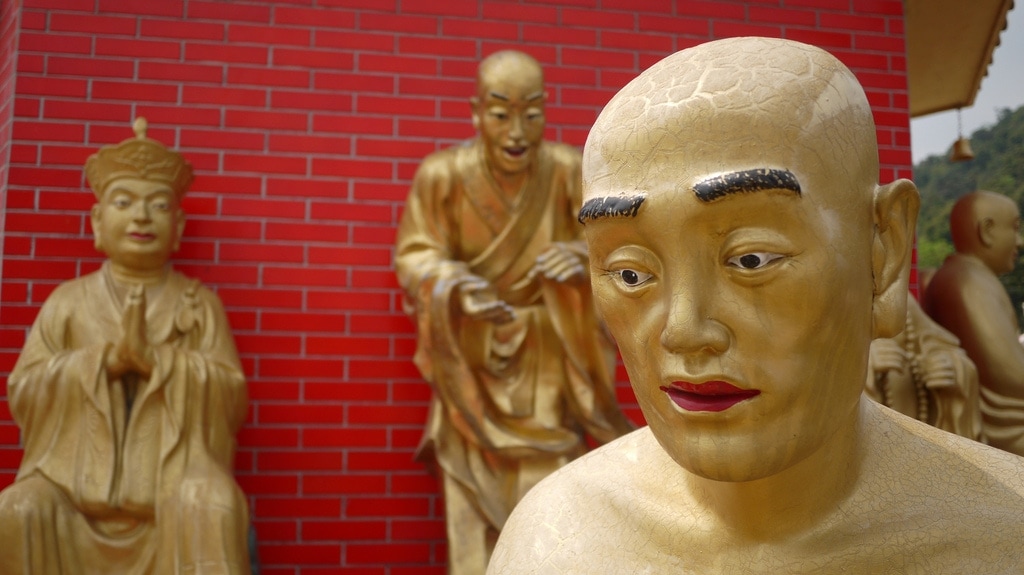
Hypnotic Buddha
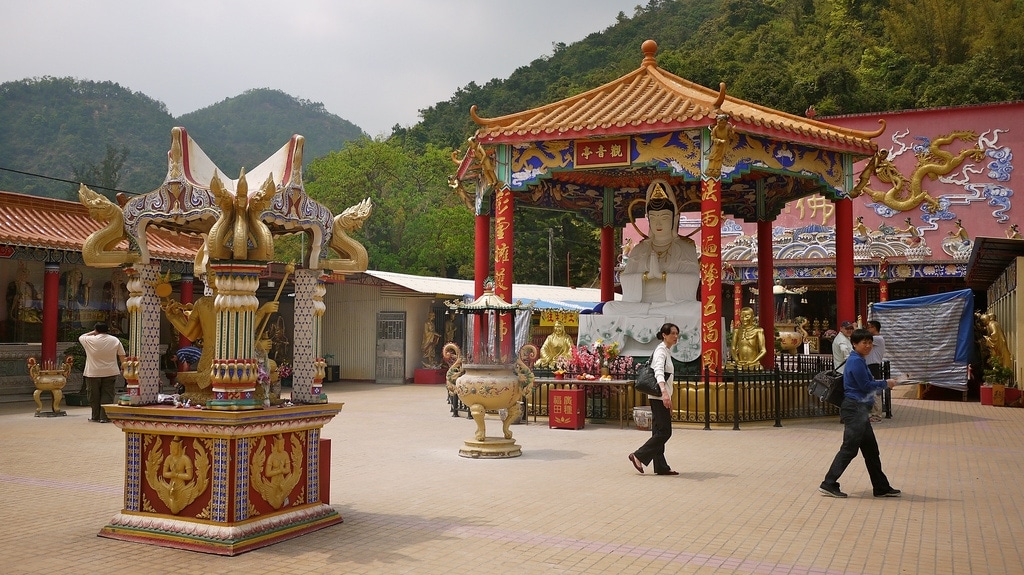
The monastery was founded by the Venerable Yuet Kai in 1951 who, despite his old age, carried the materials up the mountain to construct the buildings and over 12,800 Buddha statues and images. Today, his preserved body is presented in the main hall of the monastery in a glass case (not as grim as it sounds).
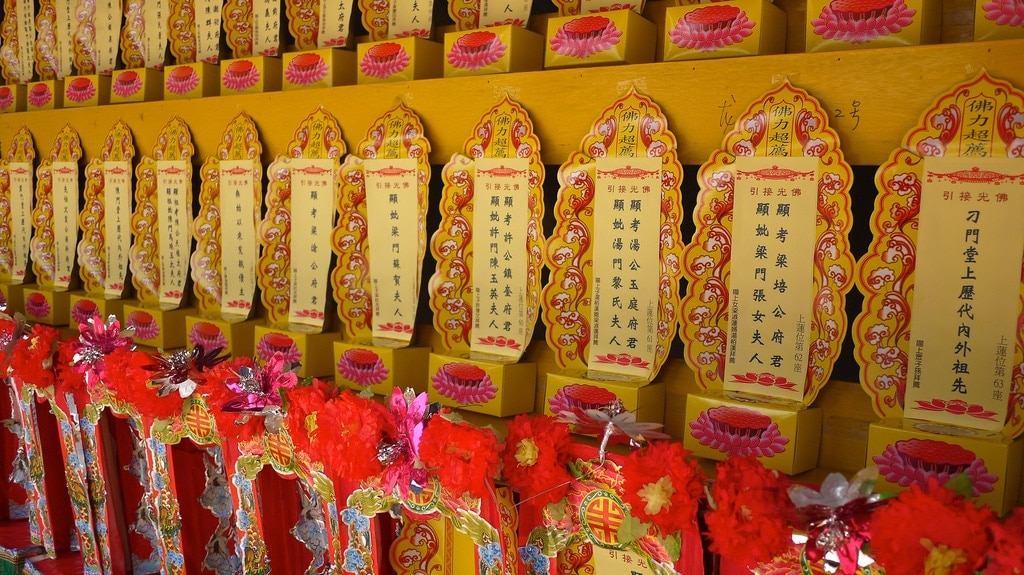
Small cardboard plinths with messages honouring the departed.
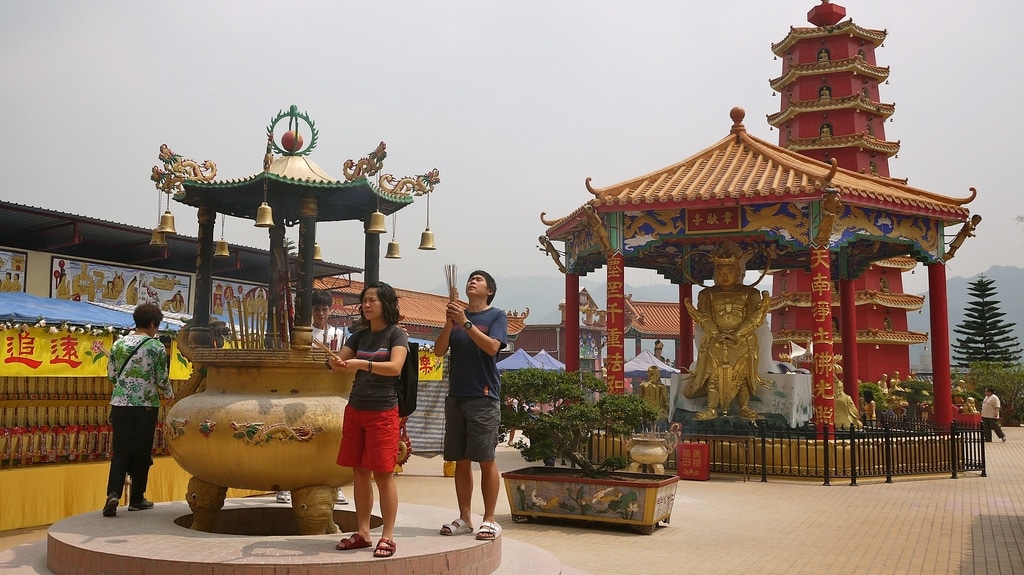
The monastery is constructed on two levels with a number of halls, pagodas and other structures. On a clear day, a good view of the area below can be seen from its high vantage point.
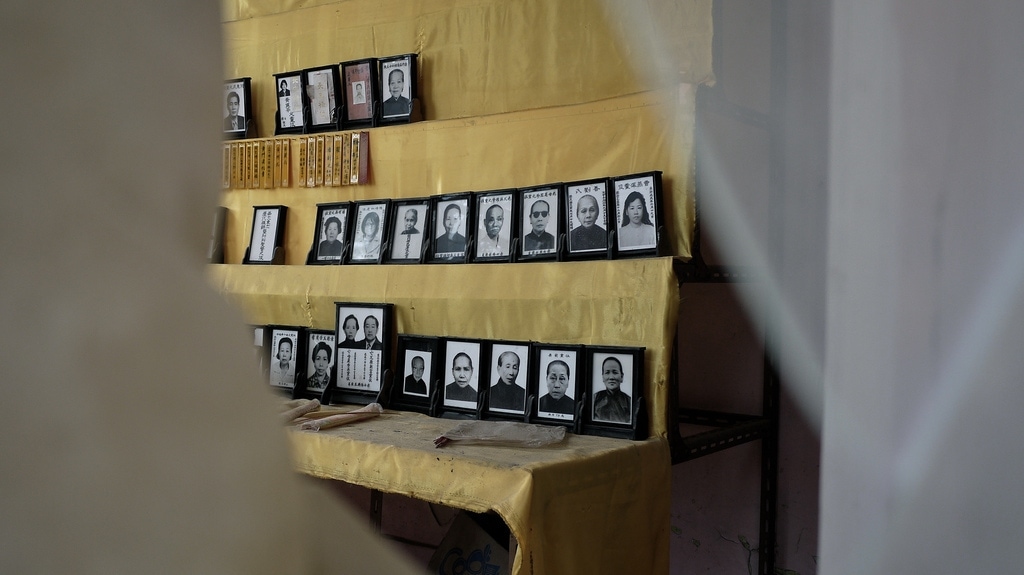
On the upper level, there was a curious building which was in a considerable state of disrepair. Though the broken windows could be seen rows of fading black and white portraits – perhaps of former disciples who helped build it. Would make a good setting for a horror movie.
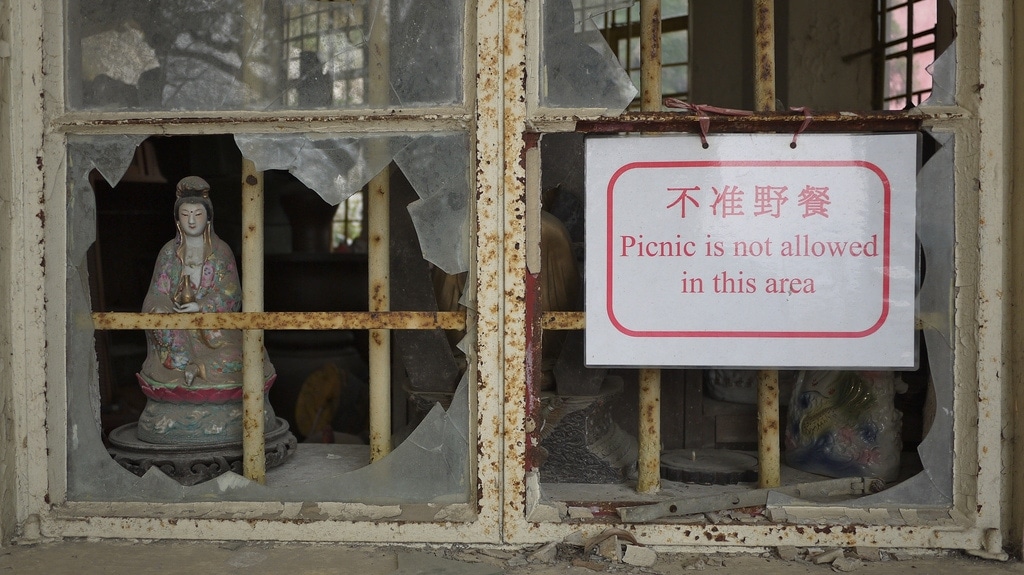
To my surprise in the trees above I notice some mischievous-looking monkeys hanging around. I tried to take a photo but one of them looked like it had its eyes on my camera so I bid a hasty retreat! Clearly having a picnic here would be inadvisable.
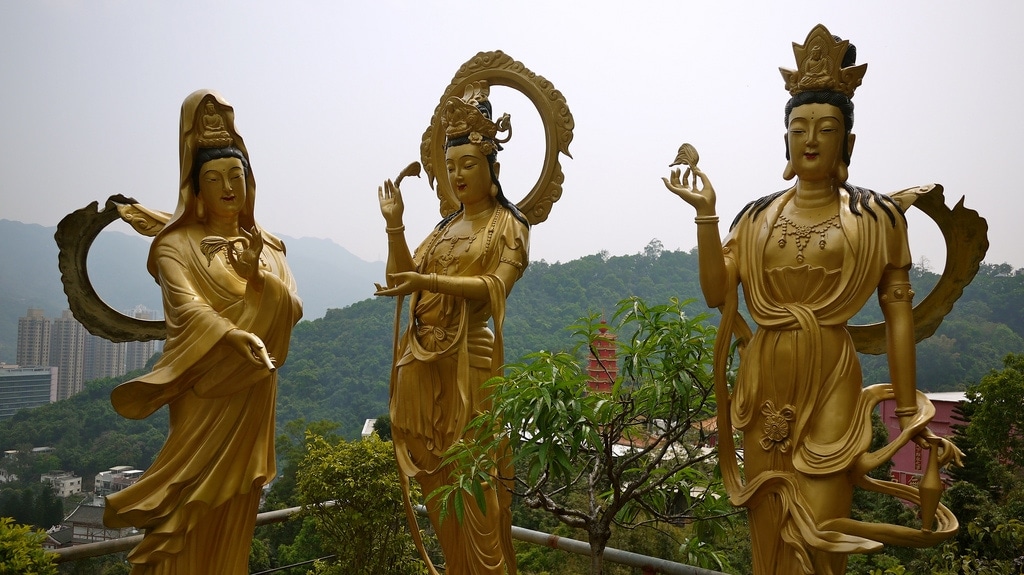
Three Wise Buddhas
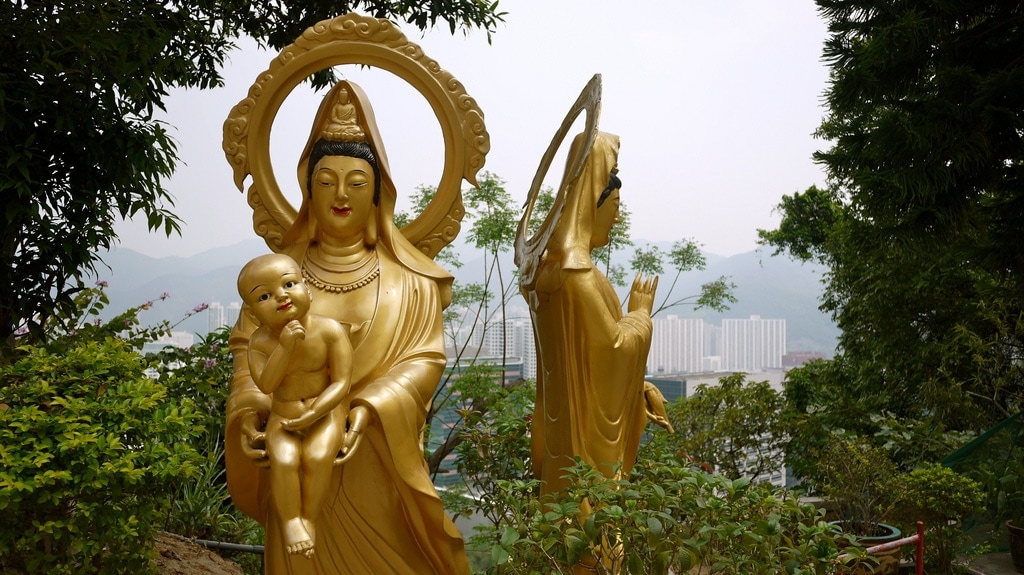
Baby Buddha – mainland Chinese have a thing about baby boys so like to pray to this Buddha in order to conceive a male. Although attitudes are changing I feel a bit sorry for the girls.
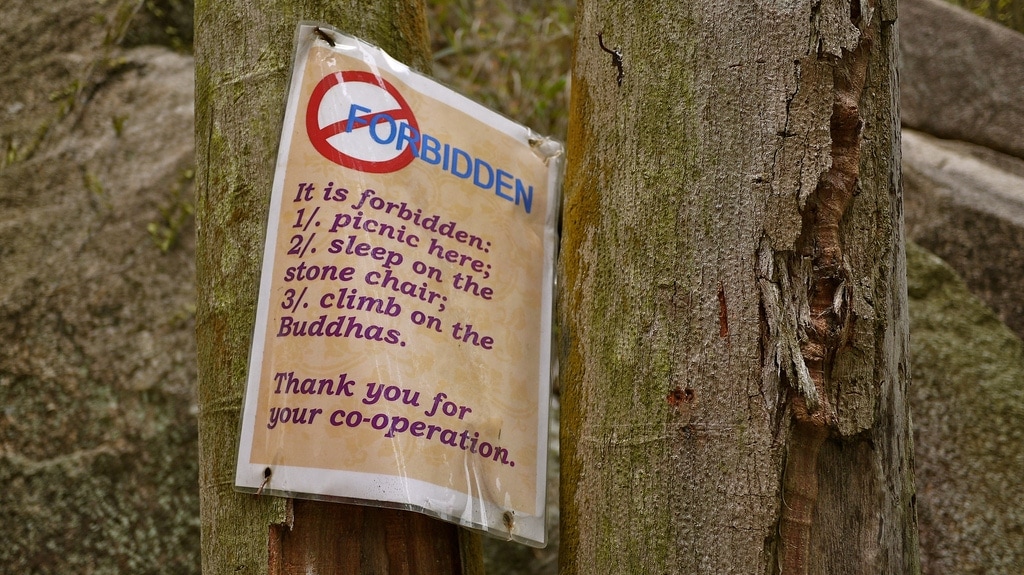
Forbidden: 1. Picnic, 2. Sleep, 3. Climb on the Buddhas – I saw people doing all three.
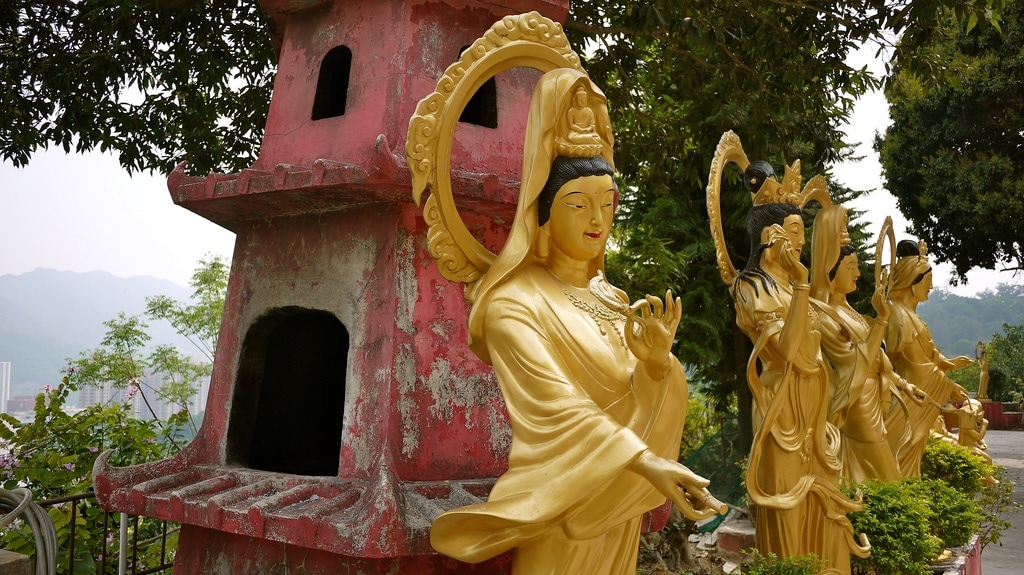
Despite these statues being Buddhist, halos have been used in the iconography of many religions to indicate holy or sacred figures and they somewhat reminded me of Christian saints. I find it fascinating to see how things have been interconnected over the span of time and geography.
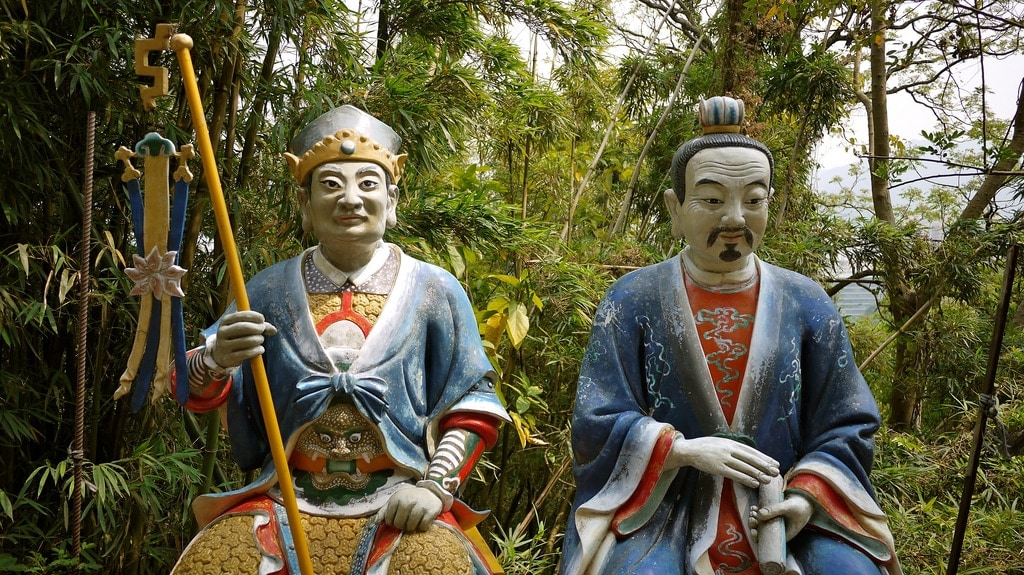
Blue Buddhas
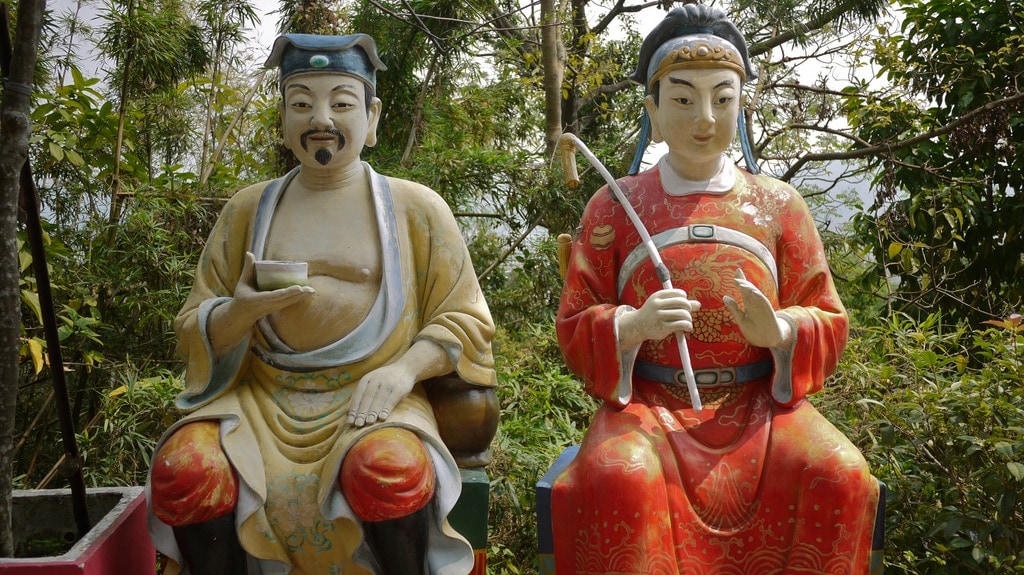
Sitting Buddhas
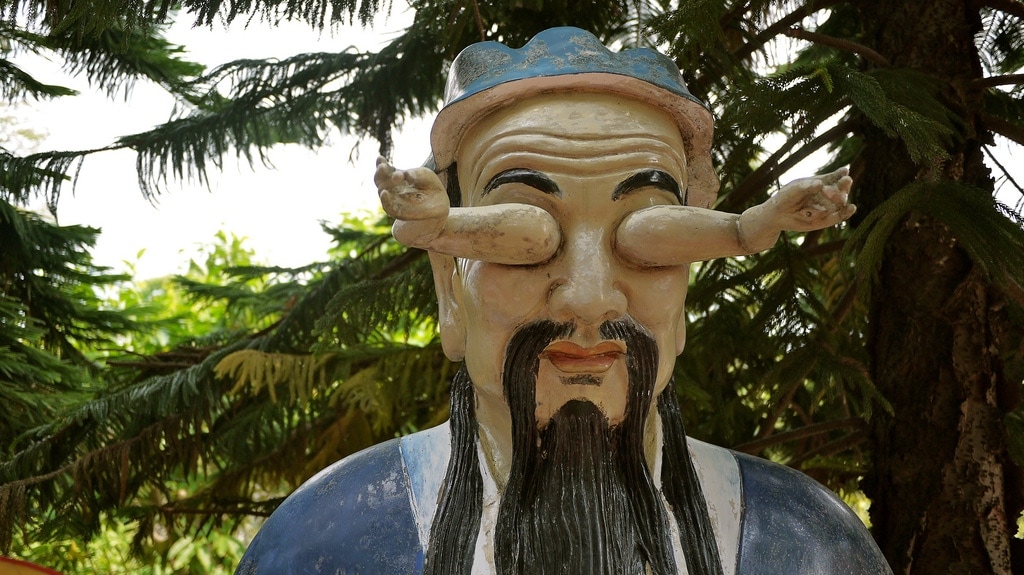
Scary Buddha – a nice way to give your kids nightmares.
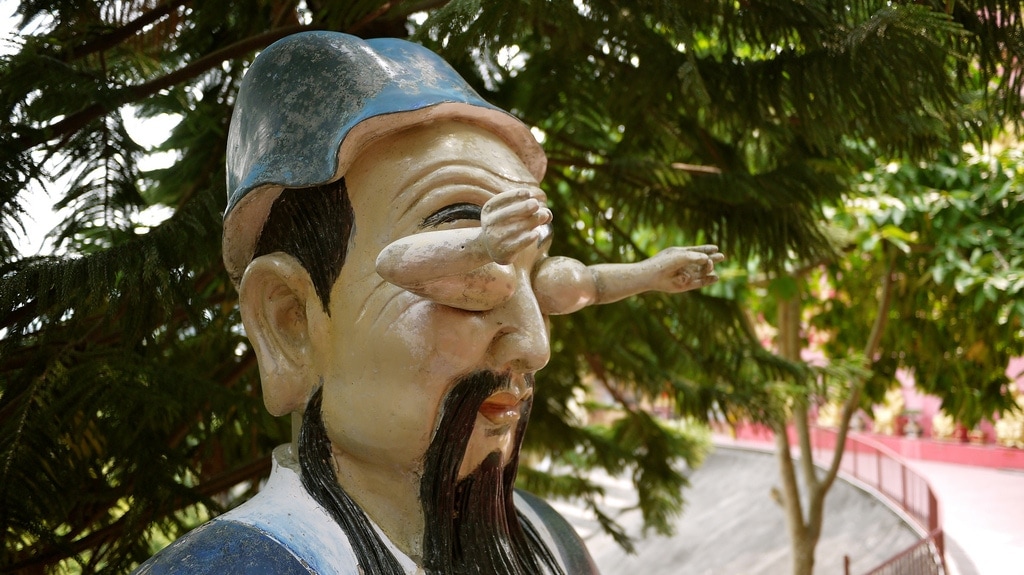
If anyone knows why this bloke has hands coming out of his eyes I’d love to know (seriously).
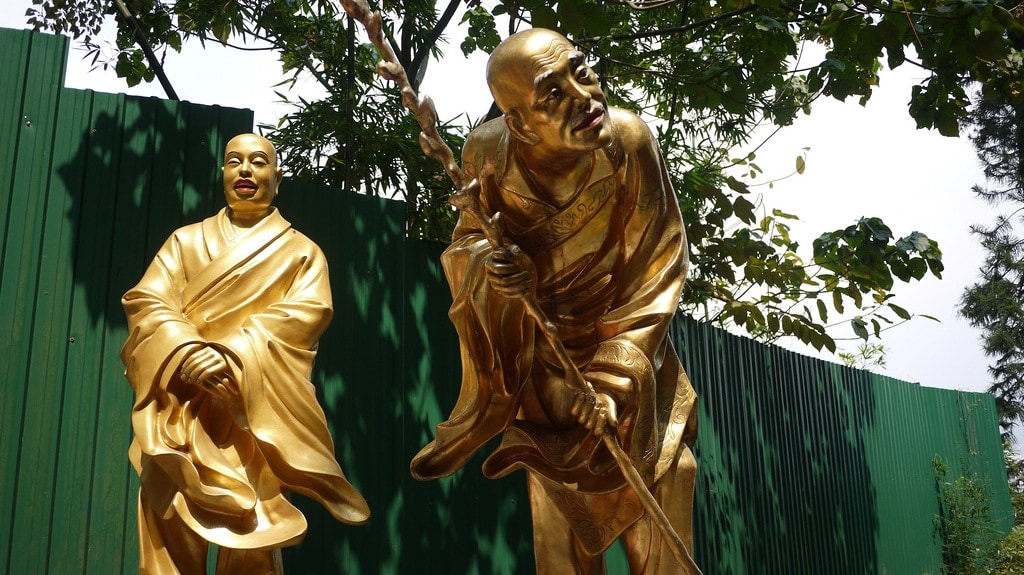
Admission to the monastery is free and if you see any men dressed like monks persistently asking for donations outside the entrances they’re probably not the genuine article so do not feel compelled to give (as I was informed by a local).

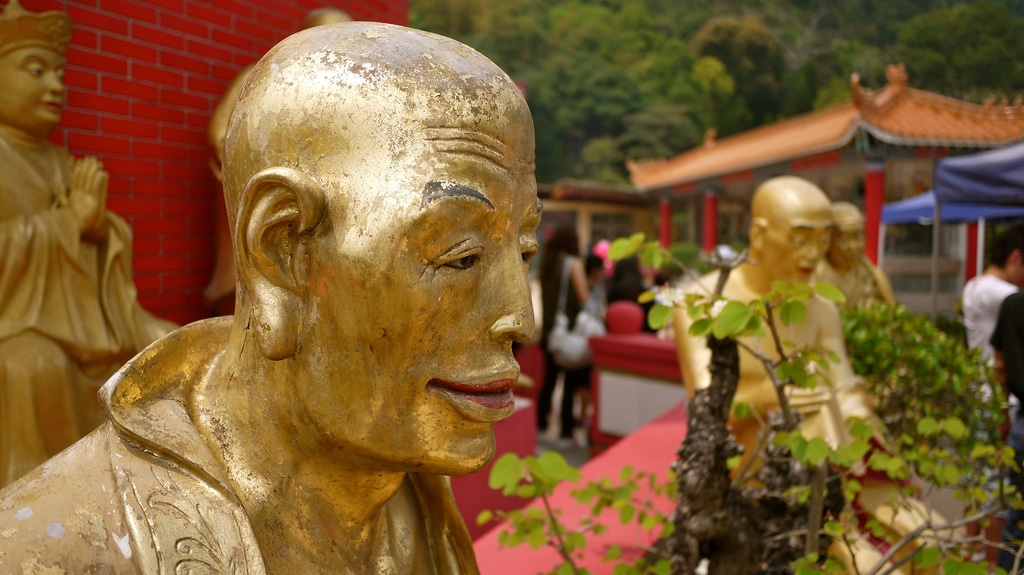
Leave a Reply to Chiu Cancel reply